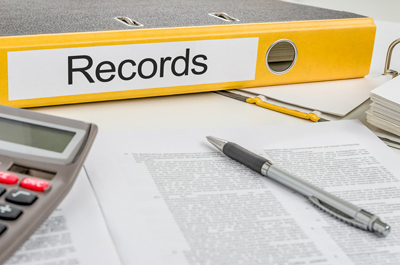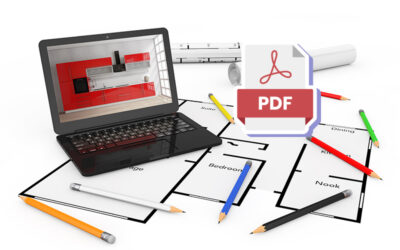 Traditionally, information management programs were organized around paper-based, physical record keeping systems. However, with the present day transition towards the digital age, many organizations function in a hybrid environment comprising a combination of electronic and paper records. Managing such a system is rather challenging, especially for a comprehensive system, say medical records management system.
Traditionally, information management programs were organized around paper-based, physical record keeping systems. However, with the present day transition towards the digital age, many organizations function in a hybrid environment comprising a combination of electronic and paper records. Managing such a system is rather challenging, especially for a comprehensive system, say medical records management system.
Medical facilities moving towards complete EHR implementation are undoubtedly facing a lot of trouble with hybrid records. Even though the emphasis is on electronic records, you can’t ignore the influence of paper files and other physical media in a digital environment. Electronic documents when printed and distributed, increases the paper output of the organization. However, organizations can work to create a balance between both the formats and here are some tips to accomplish the same.
Tips for Simultaneous Management of Paper and Digital Documents
Eliminating an “either – or” Approach to Files
Irrespective of the format, every type of record provides some sort of evidence and informational support to an organization’s business activities. Recognizing the multi-format reality (files in paper and electronic formats) is the key step to properly manage a hybrid environment. Adequate facilities for standard record management activities such as records classification and retention scheduling should be done for records in either of the two environments.
Creating a Central Control over the Entire Lifecycle of Records
Any business activity can result in the creation of documents of multi format. Establishing universal controls over the entire lifecycle of the records helps to avoid the trap of having one approach for paper records and another for electronic records. This can be attained with:
- Functional Records Classification – Classifying records according to particular business activities
- Indexing and Retrieval – Document indexing helps in easy access and retrieval of records
- File Numbering Schemes – Applying standardized numbering scheme to both the paper and electronic environments
- Centralized Paper Filing – Centralized management of files helps in minimizing wasted space and in providing access to a single version of the file
- Electronic Record Management System – Managing electronic records and tools
Identifying the Original Office Record
As multiple copies of a document are circulating in a hybrid environment, it is critical that the record management system should identify the original office record.
Eliminating non-Records
Managing records in a hybrid environment demands the separation of office records from copies, drafts, and other non records. The reality of the hybrid environment is that document volumes are on the rise, so it’s essential to take regular steps to purge unneeded documents. Measures to cleanse such records include:
- Reviewing files of both formats
- Conducting organization wide or department wise purging of non records
- Records of no use, containing sensitive information should be destroyed in a secure manner
Considering Document Conversion Options Carefully
Many organizations striving to reduce the use of paper are implementing document conversion programs. In many jurisdictions, the law allows digital records to take the place of original paper records. However, the law has set strict conditions that the converted copy should meet all the properties and requirements of the original.



